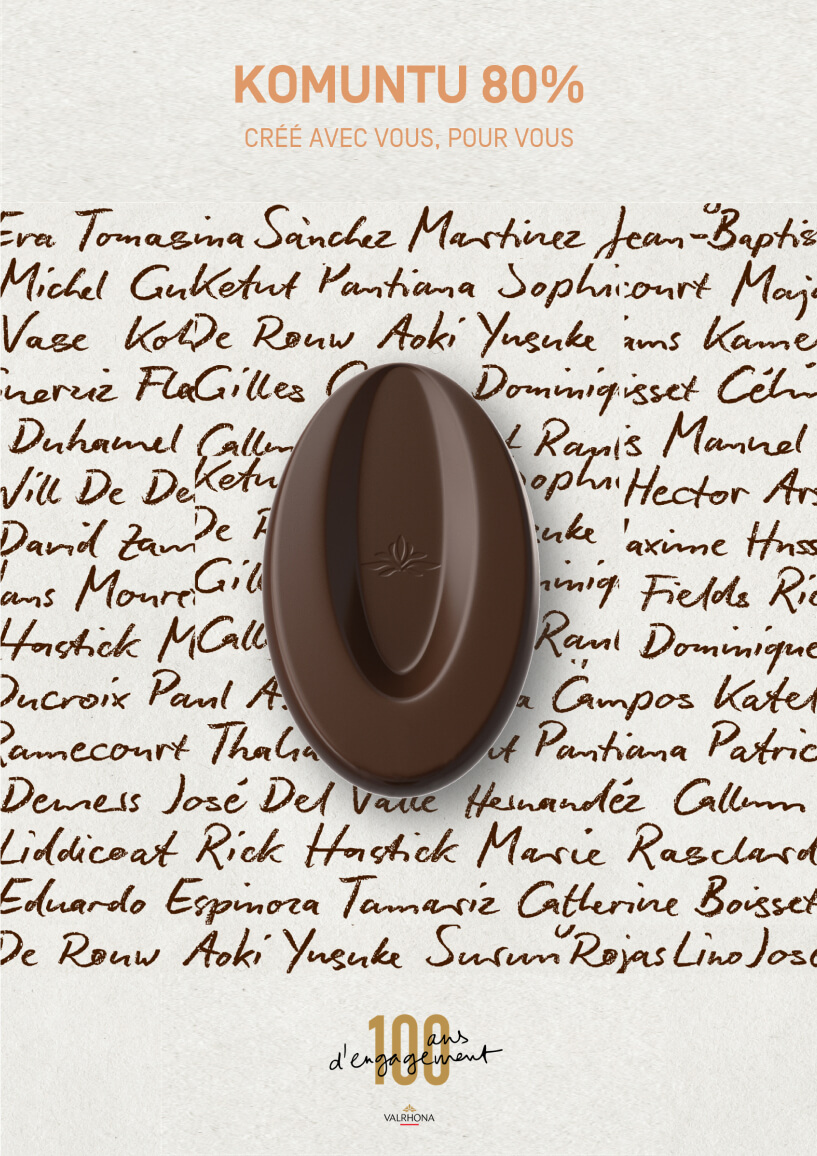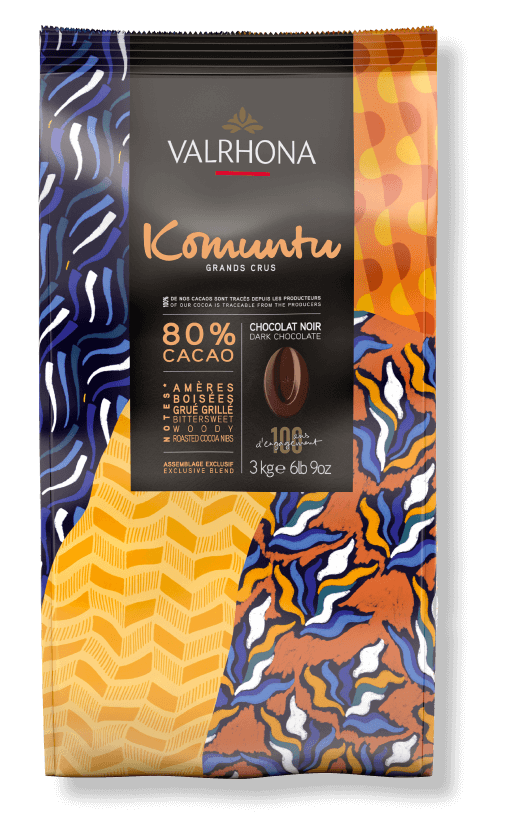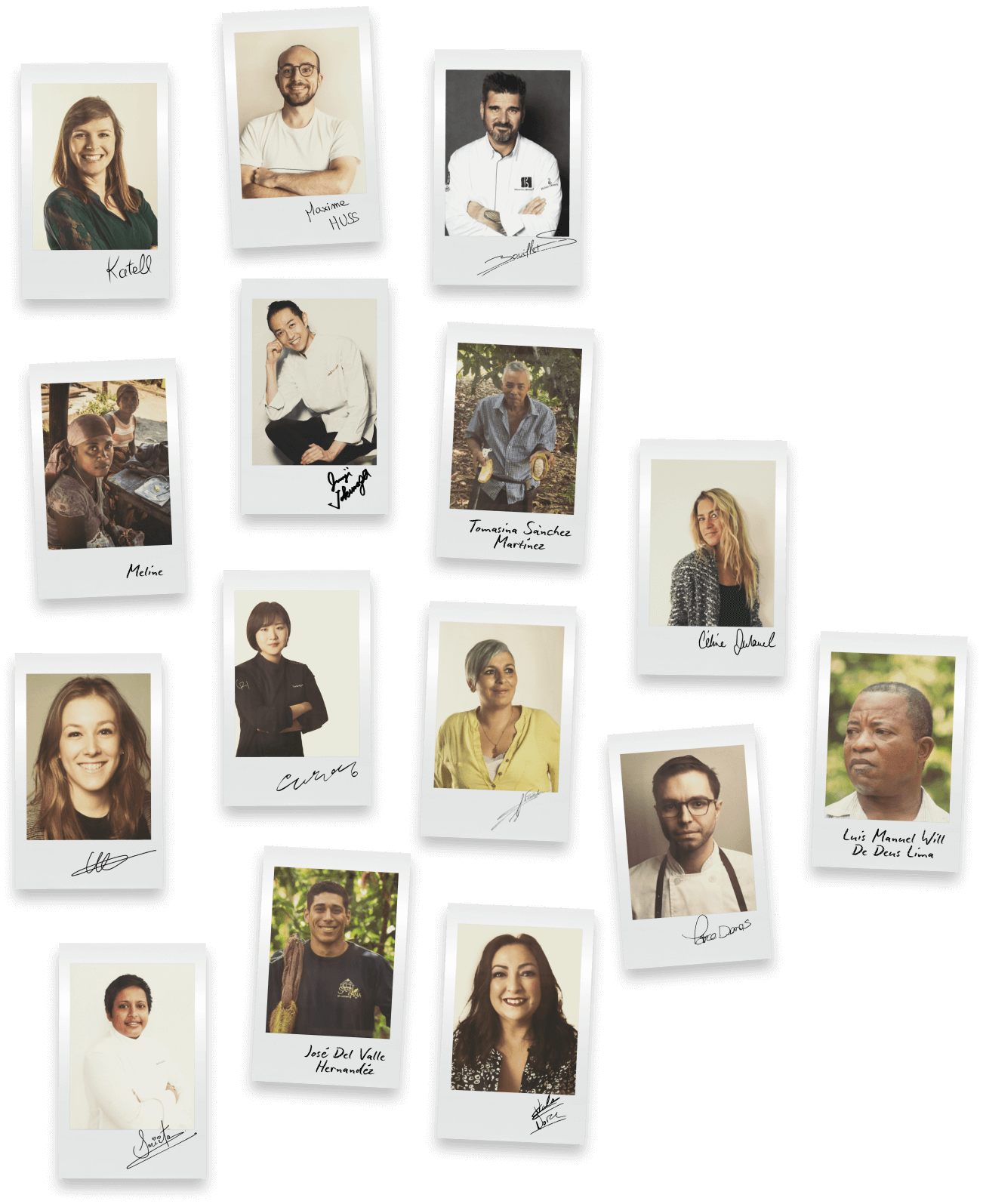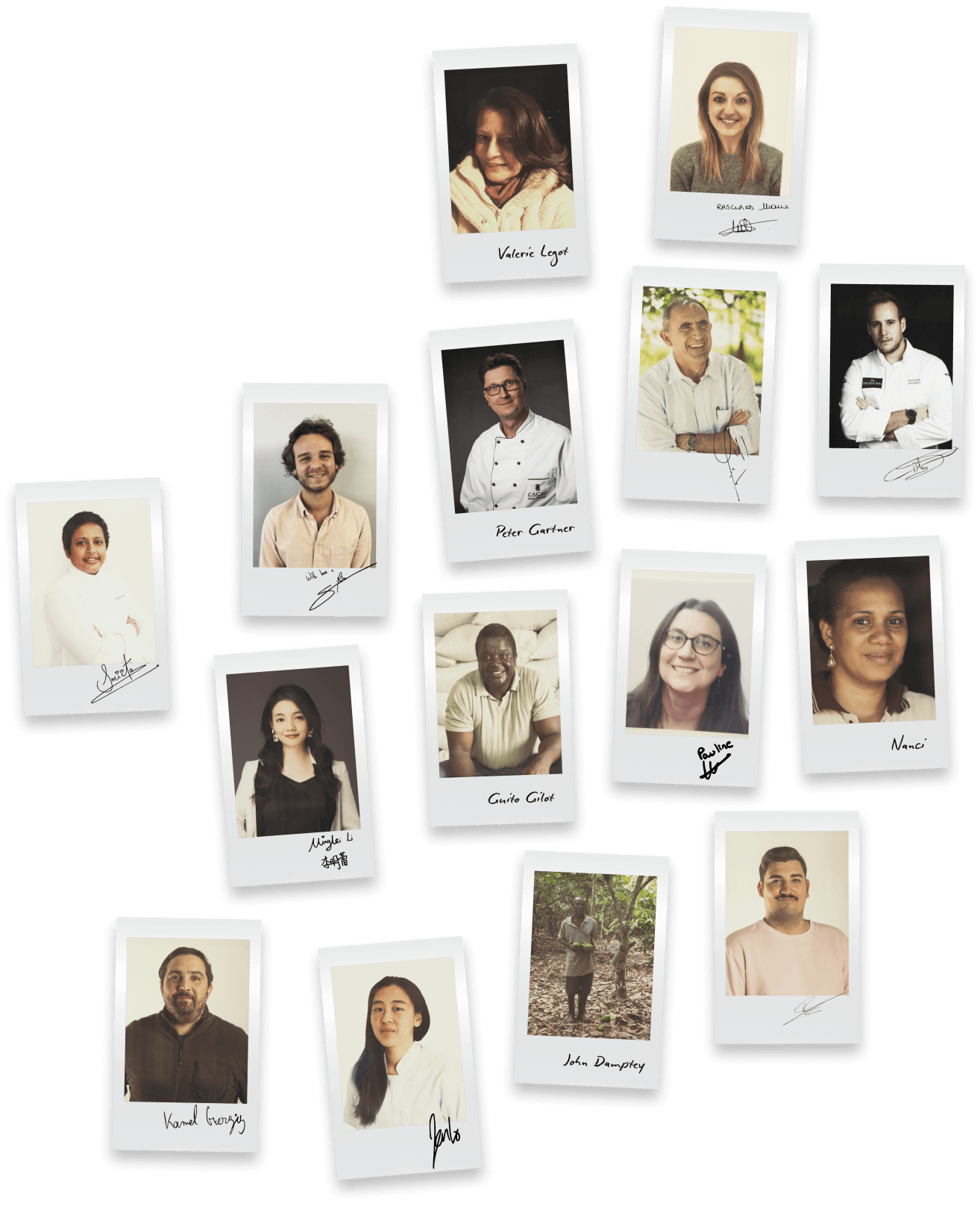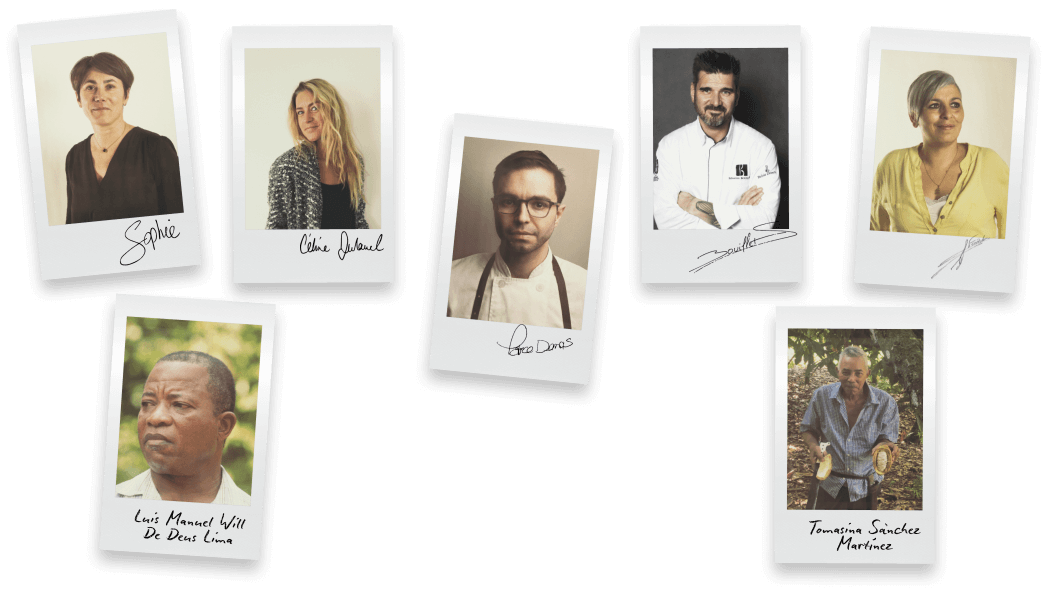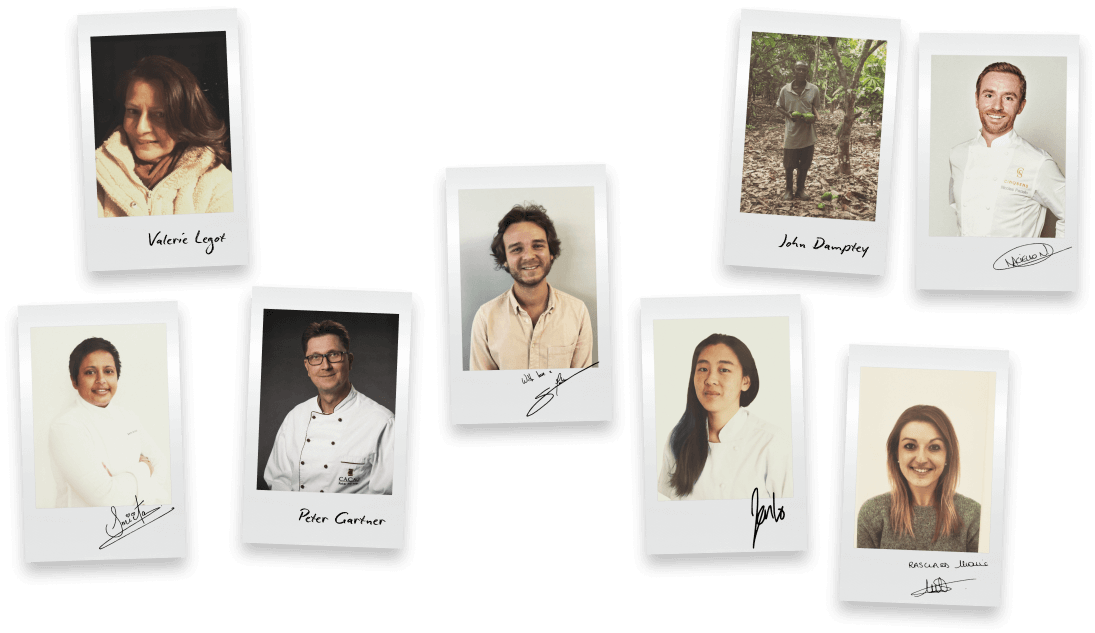You are using an outdated browser. Please upgrade your browser to improve your experience and security.
Guironnet
Albéric Guironnet, a pastry maker and confectioner based in Ardèche, founded the Chocolaterie du Vivarais in a former woodshop in Tain l’Hermitage. He was very attentive to quality, so he roasted his cocoa beans himself; this enabled him to become a supplier for other makers and pastry chefs.

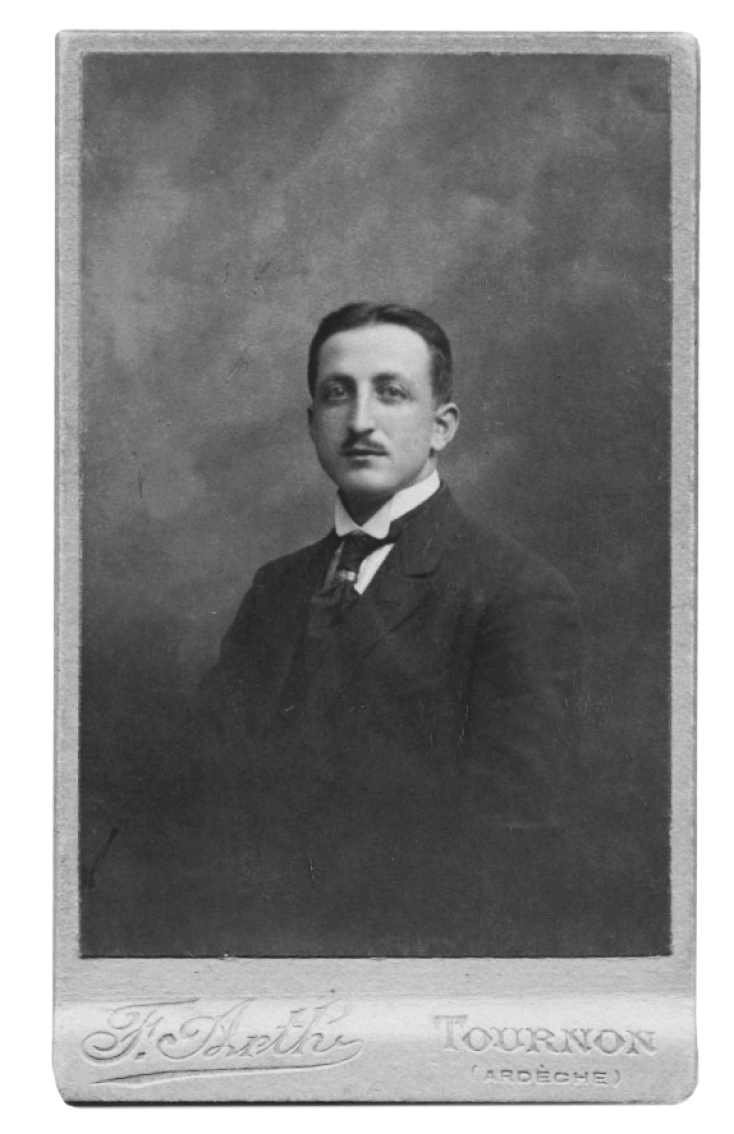
Gonnet
When Albéric Guironnet died, the business went to Albert Gonnet, an entrepreneur from Chambéry. He decided to rename the company “La Chocolaterie Gonnet”, and he expanded the workshop so he could diversify the range of chocolate he sold.

Store
The store opened in Tain l’Hermitage.
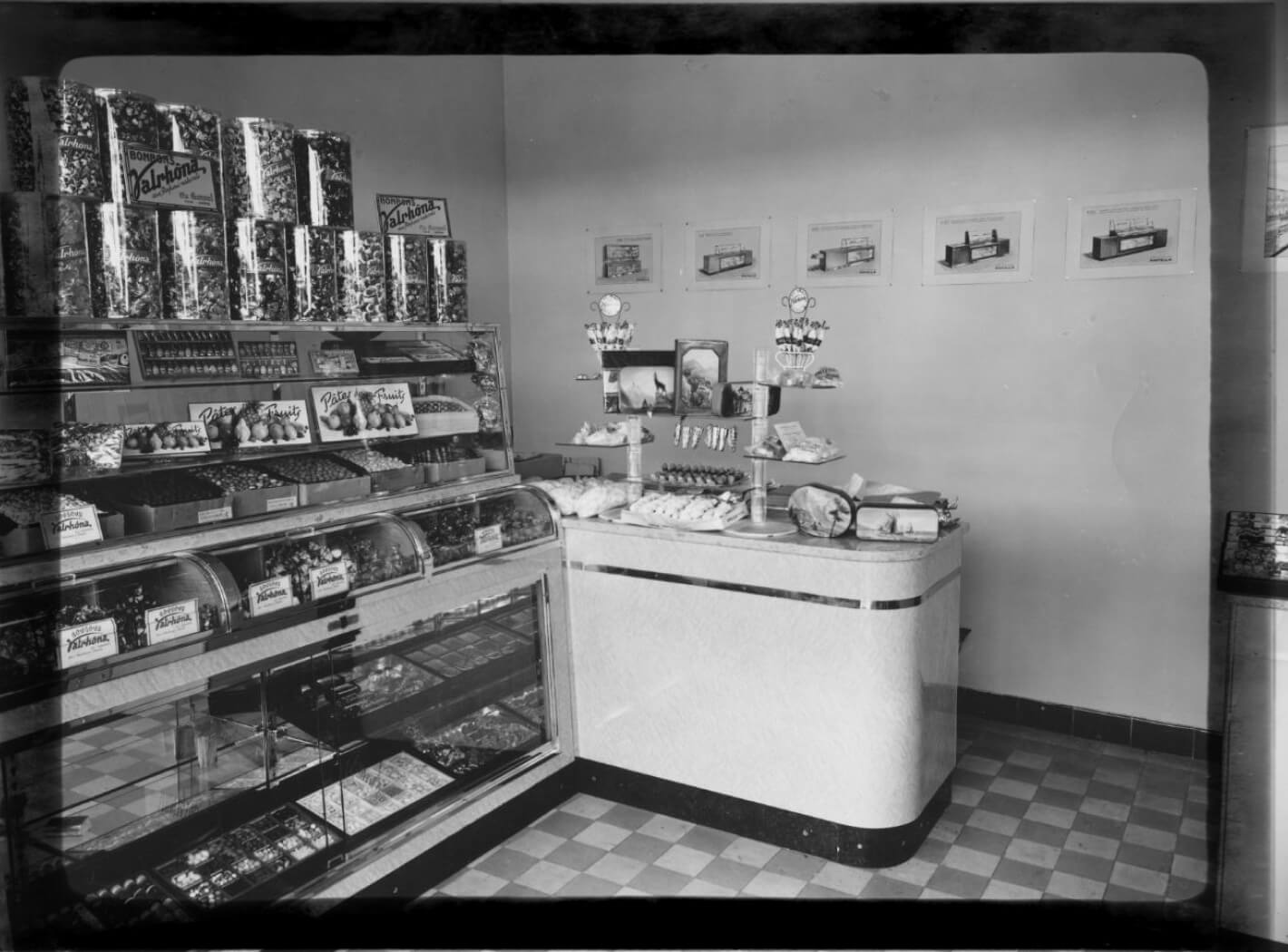
The chocolate company became more and more well-known among professionals and started developing at speed. To help it on its way, Albert Gonnet created the brand “Valrhôna”, which was short for “Vallée du Rhône” (or Rhone Valley).
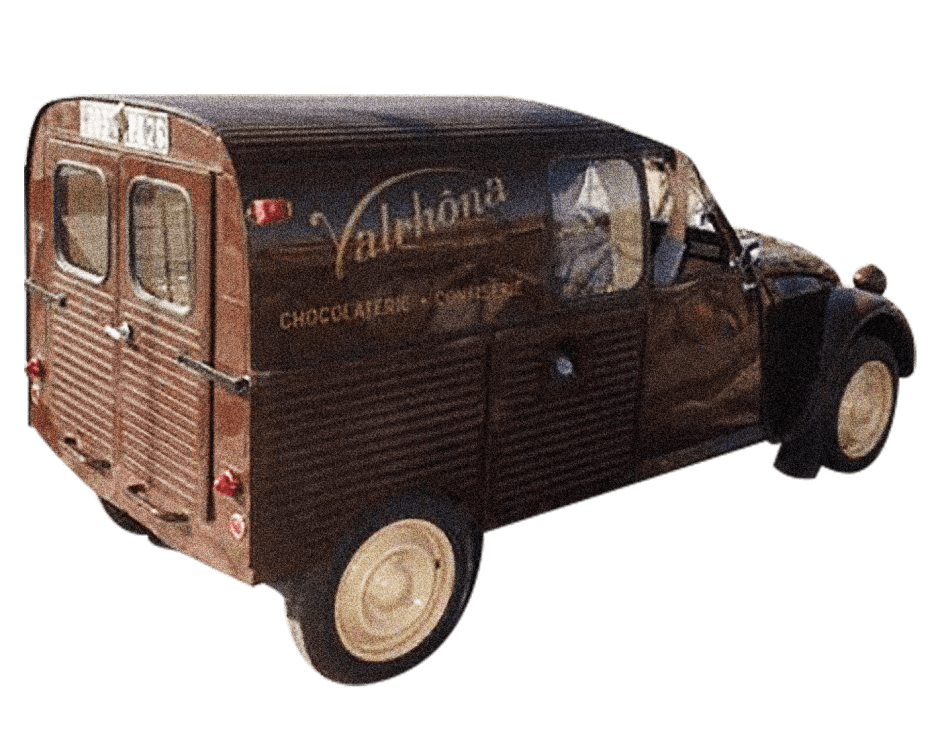
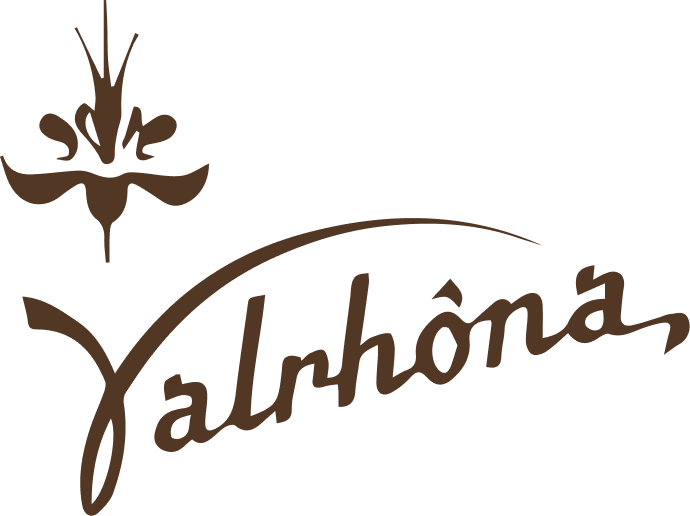
Rinette
The Valrhona brand’s first iconic product - the Rinette chocolate bonbon - remains as relevant as ever. In fact, it's still handmade at Tain l’Hermitage. It shares its name with Albert Gonnet’s daughter, Catherine (or Rinette for short).
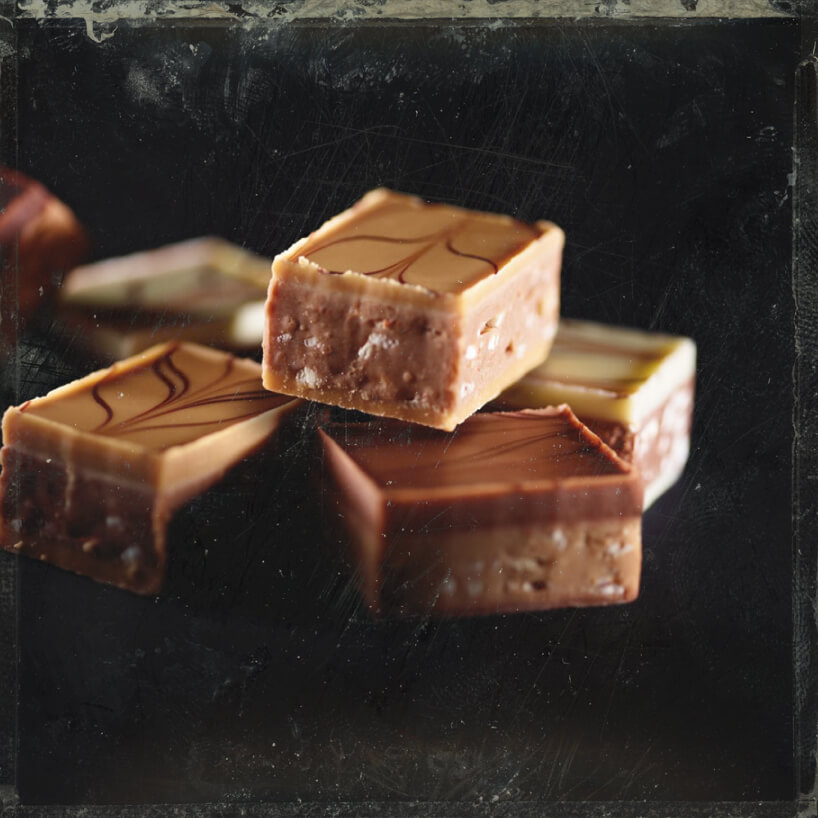
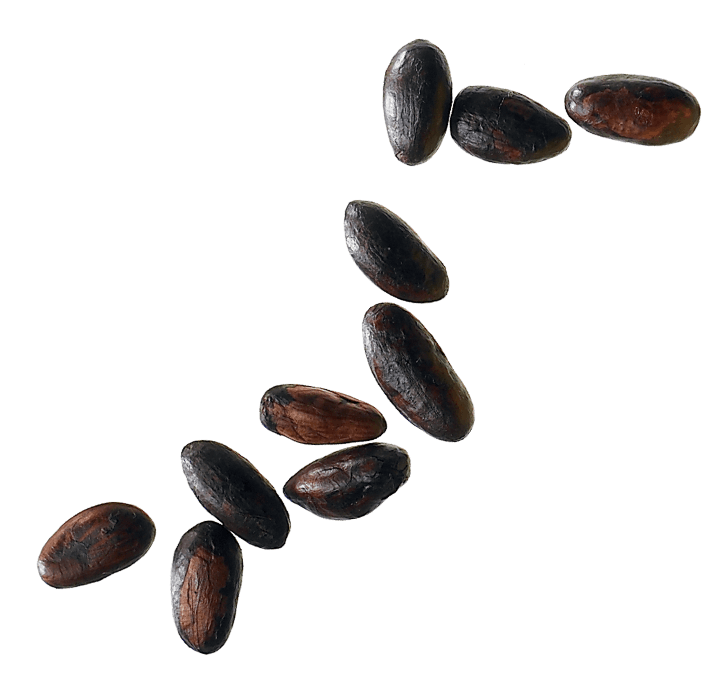
After Albert Gonnet died in 1963, the business was taken over by his two sons-in-law and became the “De Loisy et Genet” chocolate company. From that moment on, the factory started working harder and harder, using new, more modern machines, and the company created its first industry-leading couverture chocolates, including Maître Chocolatier.
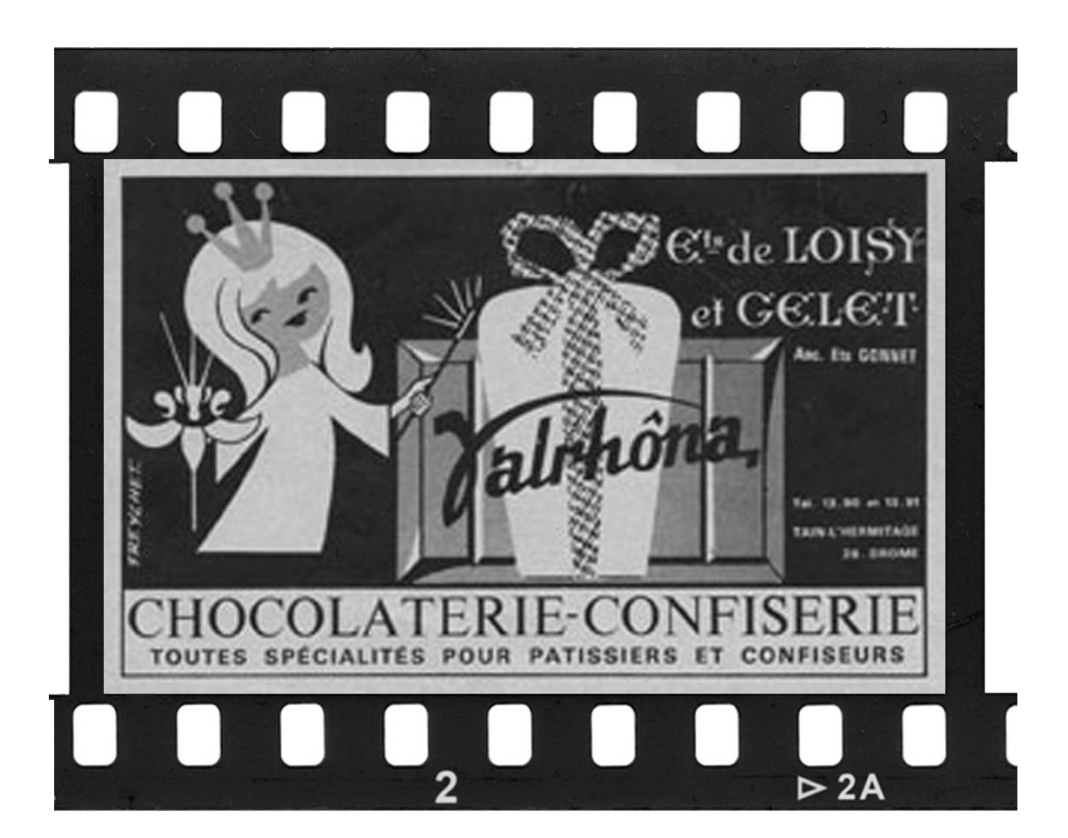
Jean-Noël Bongrain, director of the major French cheese-making group which shared his name, bought Valrhôna and developed its notoriety not only among the wider public but abroad too. The company lost the accent on its name and started being spelled in capital letters: VALRHONA

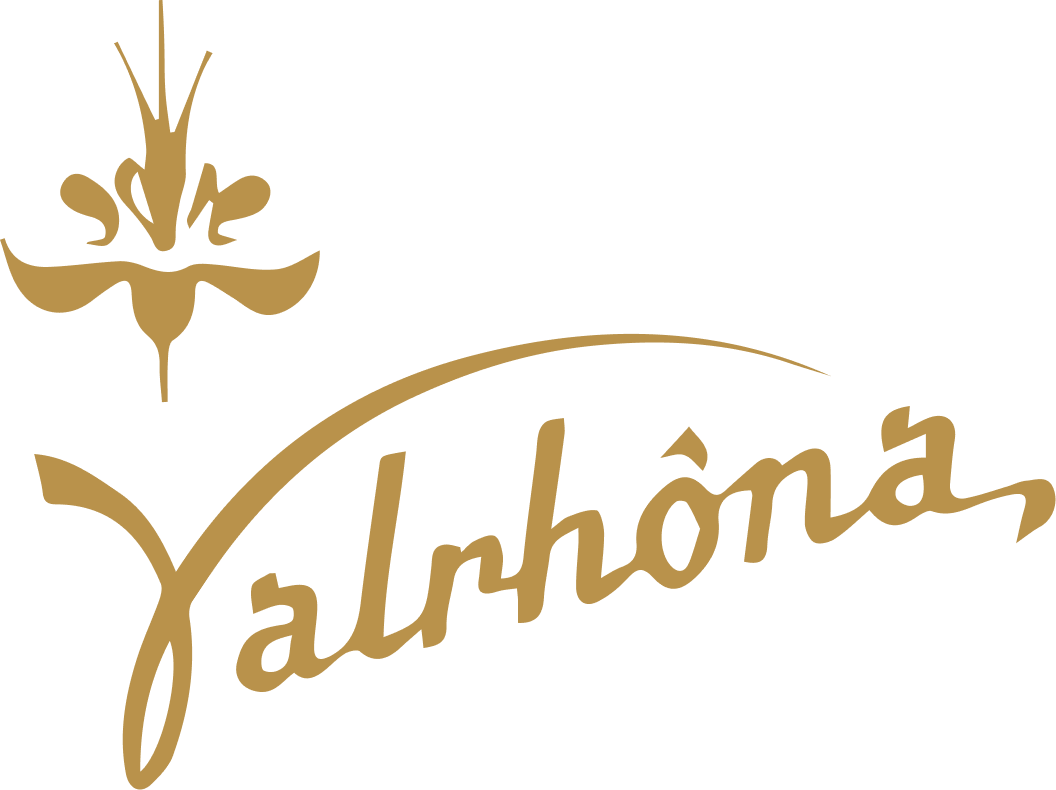
Guanaja
By blending different grand Crus, Valrhona created the world’s bitterest chocolate, Guanaja 70%. It was a near-instant success with professionals and consumers alike. The ideal accompaniment to coffee, it was presented in 5g “bitesize” squares in a metal container inspired by cigar boxes.
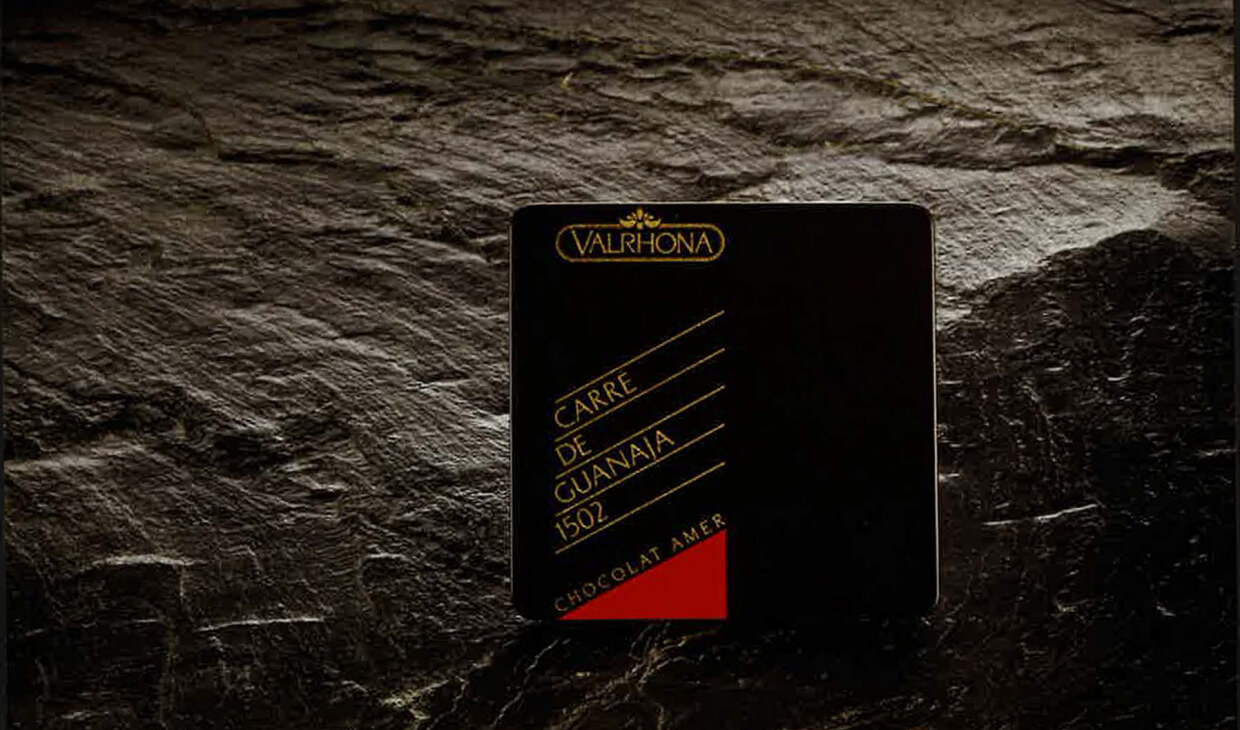
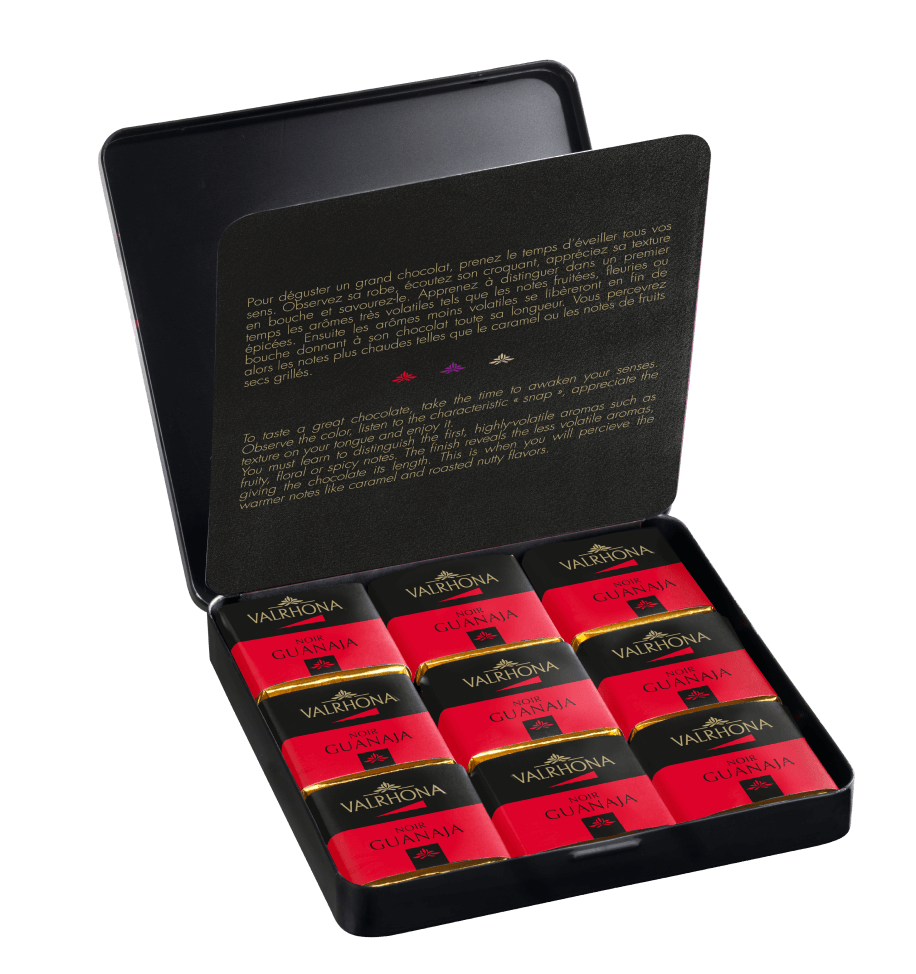
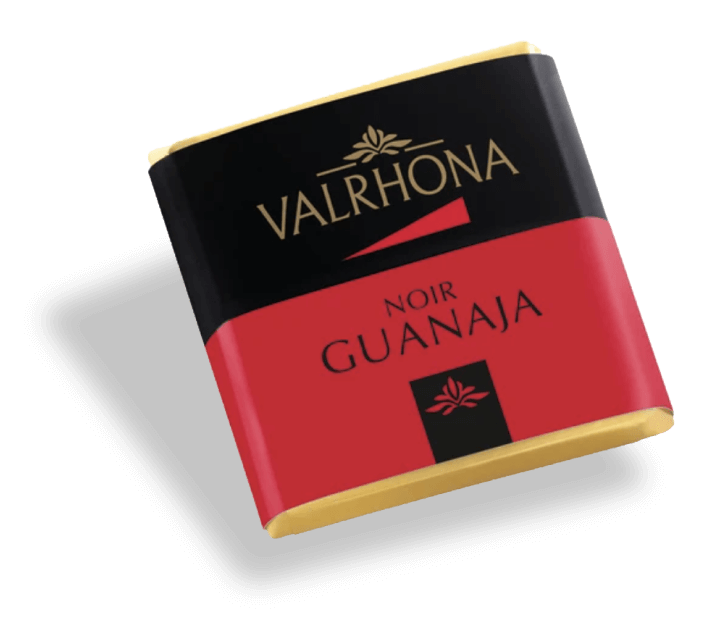
Valrhona’s “Chocolate Lovers’ Club” became Cercle V, and it brought together dessert professionals of all stripes, both store- and restaurant-based. It offered members the chance to talk, innovate, find new inspiration, and get exclusive benefits so they could create the gastronomy of the future.

Chocolate Nights
Marketing director Antoine Dodet created an event covered extensively by the media to promote Valrhona chocolate to the wider public, known as Les Nuits du Chocolat (or “Chocolate Nights”). In 1987, makers created busts of famous people, while in 1989, Valrhona worked with Parisian fashion designers to organize a fashion show. The Paco Rabanne dress designed entirely in chocolate by Christian Constant caused a sensation. It was clear that chocolate had become an unbridled artistic medium.
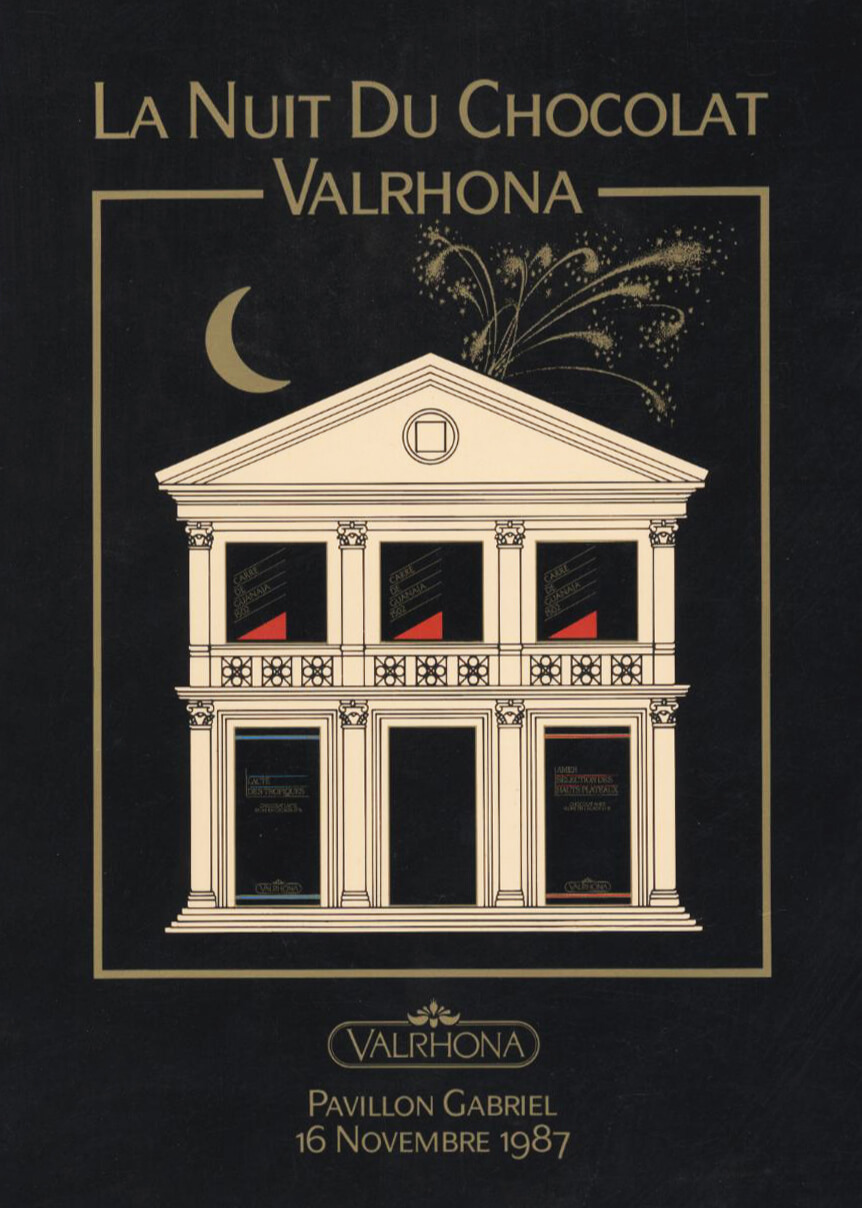

L’École du Grand Chocolat was founded in Tain l’Hermitage. It enabled Valrhona to share its expertise with makers and chefs. As a center of excellence for chocolate, L’École Valrhona has become a real hub of creativity and innovation, and it’s here that the industry’s latest inspirations form and grow. Three other Écoles have opened since 1989, Tokyo in 2007, Brooklyn in 2015 and Paris in 2022.
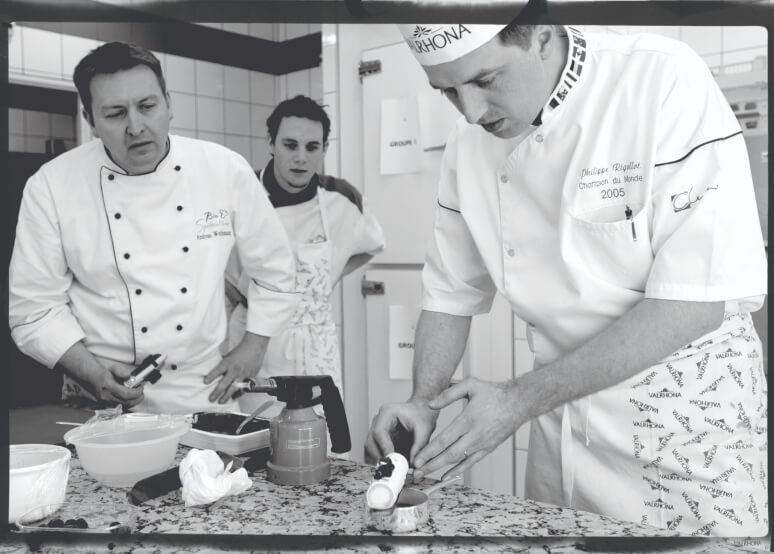
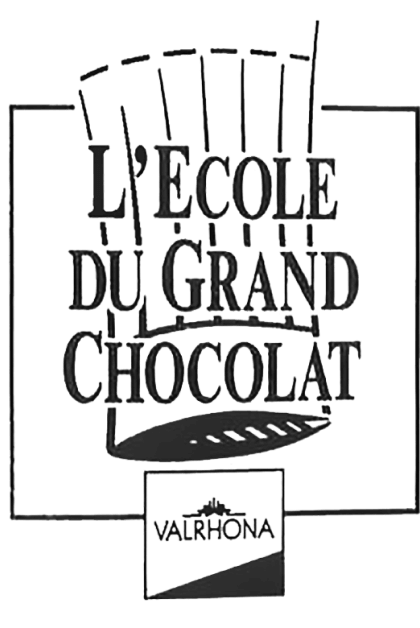
Gastronomy
Valrhona co-founded the Pastry World Cup with Gabriel Paillasson, reaffirming its commitment to gastronomy professions. This competition (the final of which takes place every other year at SIRHA) has shone a spotlight on many new talents and shaped several generations of pastry chefs.
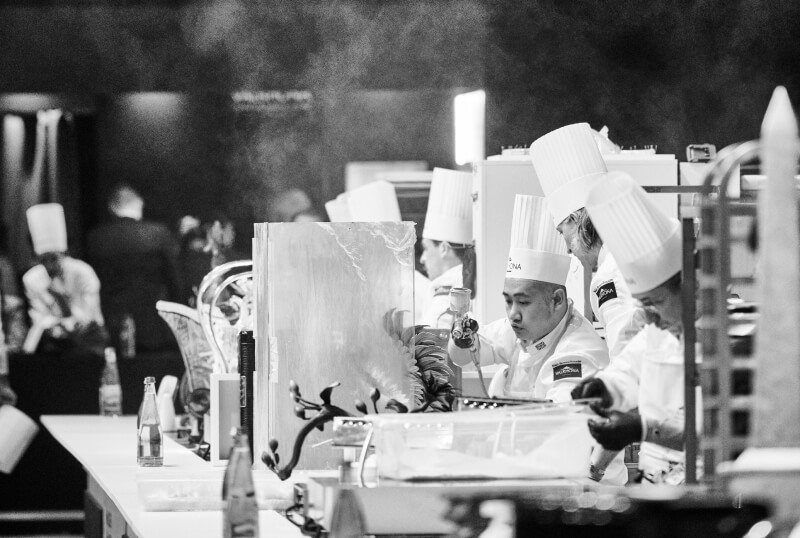
Manjari
Valrhona created Manjari 64%, the first Madagascan Single Origin grand Cru de Terroir, thanks to the strong partnerships it had forged with local producers to guarantee ethical and quality standards were firmly in place.
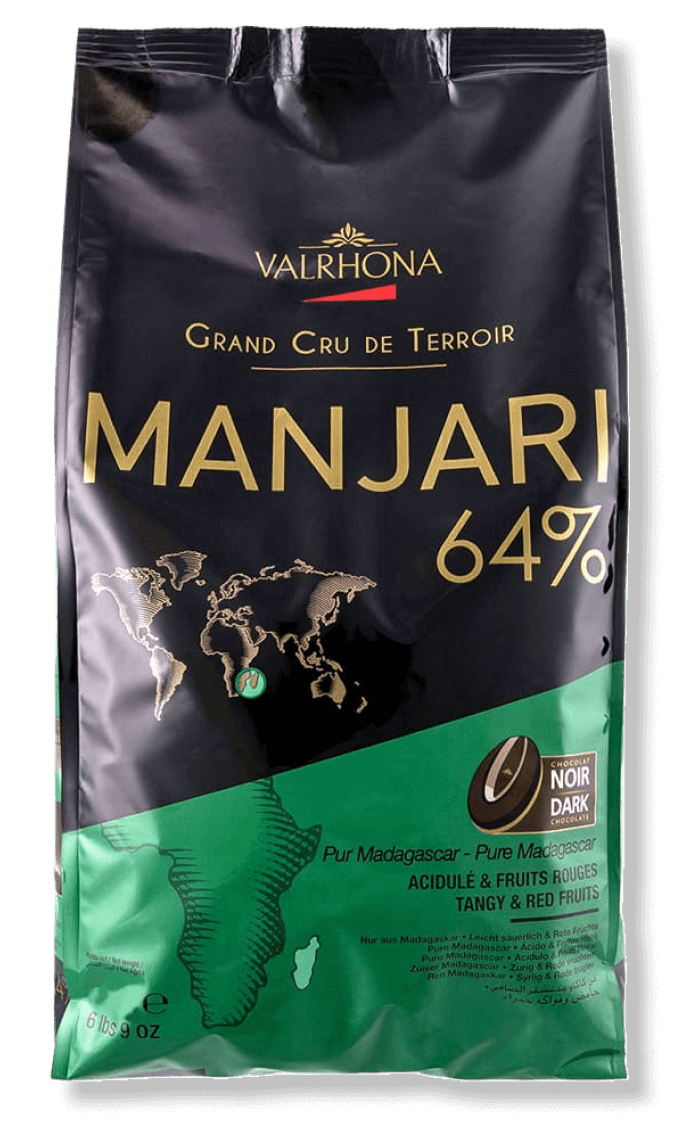
El Pedregal
At the foot of the Andes, the El Pedregal plantation is one of the world’s heartlands for luxury cocoa, including the rare Porcelana variety. Valrhona created it in 1992 and became a producer in its own right.

Valrhona reconfirmed its identity by creating a new logo in the black, gold and red colors already used for Guanaja squares.


Gran Couva
Valrhona launched Gran Couva 64% Trinidad, the first chocolate to come from an estate that gives its cocoa vintages. The estate's dark chocolates are outstanding creations from a single cocoa plantation, whose precious yet fragile beans are the world’s most aromatic.

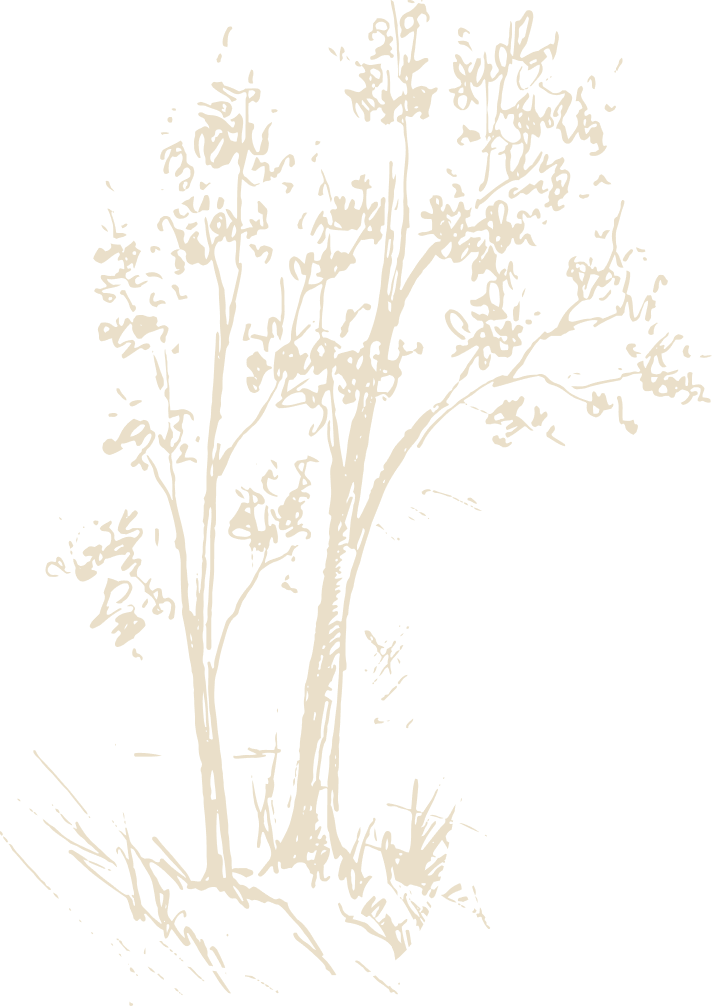
Tain l'Hermitage
Valrhona inaugurated the new production site at Tain l’Hermitage. It has preserved the historic building in the town’s center, but Valrhona also wanted a higher-performance production facility so it could meet different markets’ demands.
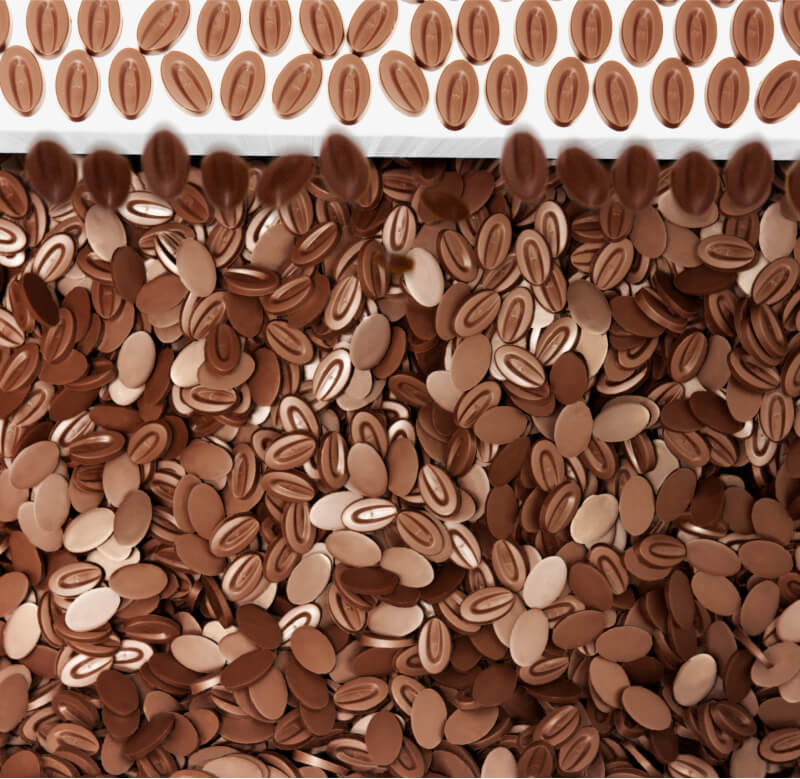
When it came into being, the Valrhona Business Foundation, or Valrhona Foundation for Flavor as it is known, had a double objective. One was to raise awareness among children and their families about both the world’s vast diversity of flavors and healthy, varied diets. The other was to foster young people’s interest in dessert professions and take them on their first steps towards training.

C3
The “C3” Chocolate Chef Competition is the top international date for pastry chefs working in restaurants. The competition’s aim is to shine a light on their passion and expertise using an approach to working with chocolate that is both technical and creative.
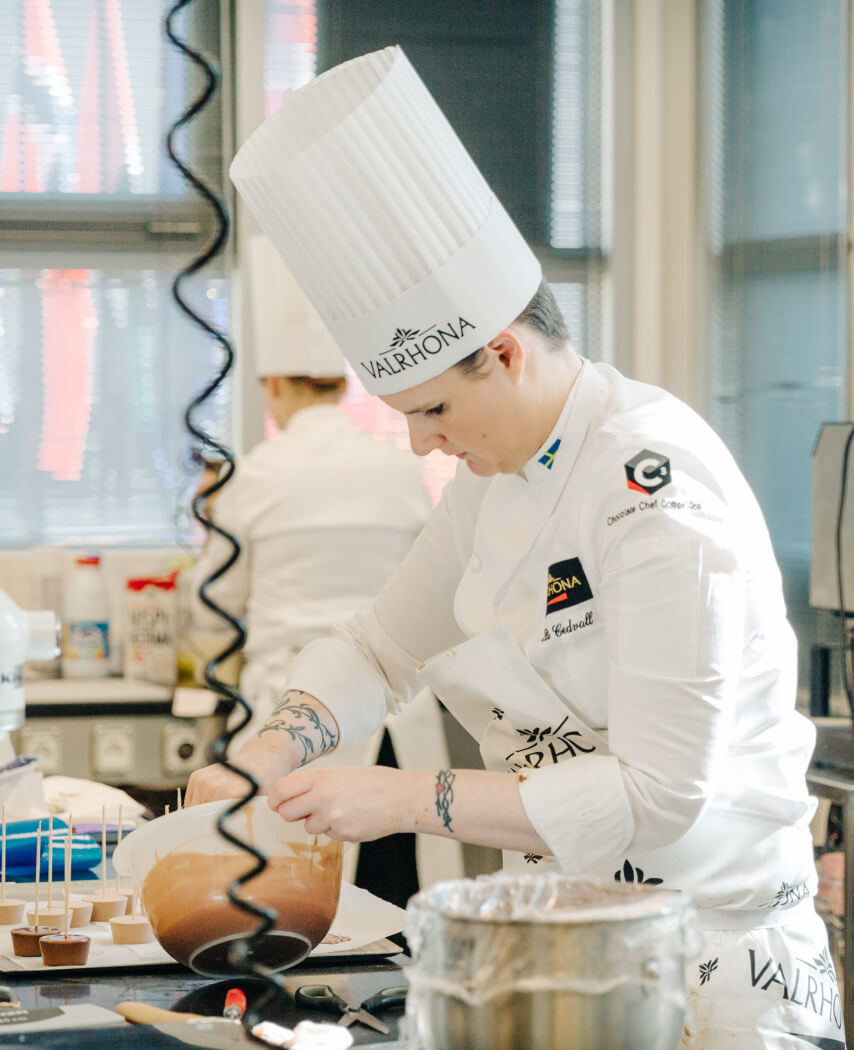

Encyclopedia
Under the direction of Frédéric Bau and in collaboration with Pierre Hermé, The Chocolate Encyclopedia was published as an all-encompassing compendium of Valrhona’s expertise and a key reference book. It included more than 100 recipes ranging in style from super-basic to ultra-creative.
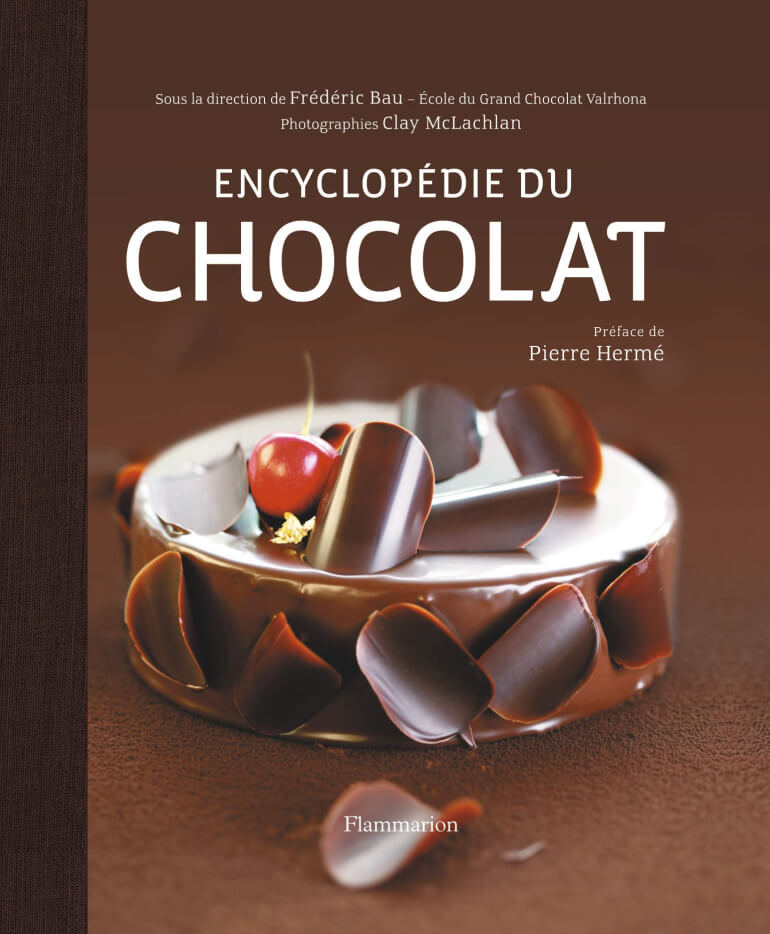
Dulcey
During one of his cookery demonstrations, Frédéric Bau once absent-mindedly left his white chocolate in the bain-marie. The chocolate had taken on a blond hue and developed aromas reminiscent of shortbread and caramelized milk. It took eight years of research to perfect the recipe for Dulcey.
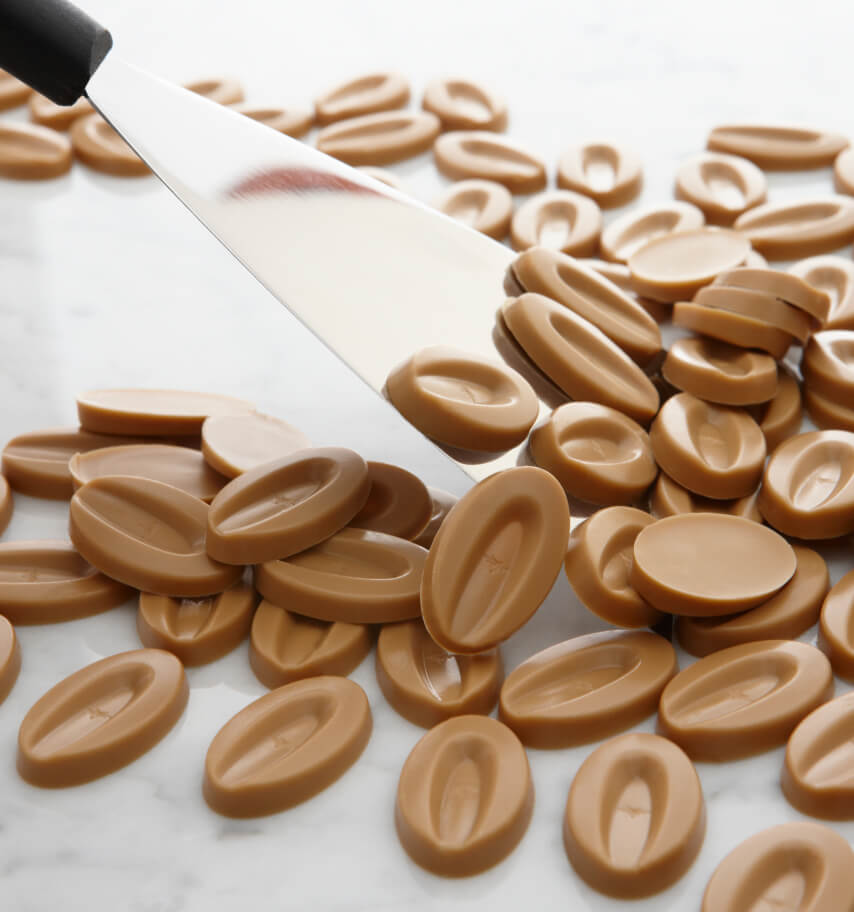
Cité du Chocolat
Right next door to the historic Guironnet chocolate factory, Valrhona’s Cité du Chocolat first opened its doors in 2013. Its ambition is to pass on a love for great chocolate to every generation by offering sensory experiences, cookery workshops, virtual plantation visits and a few secrets from behind the scenes in the chocolate factory. The Cité, located in Tain l’Hermitage, has been named France’s number-one chocolate attraction and welcomes 140,000 visitors a year.
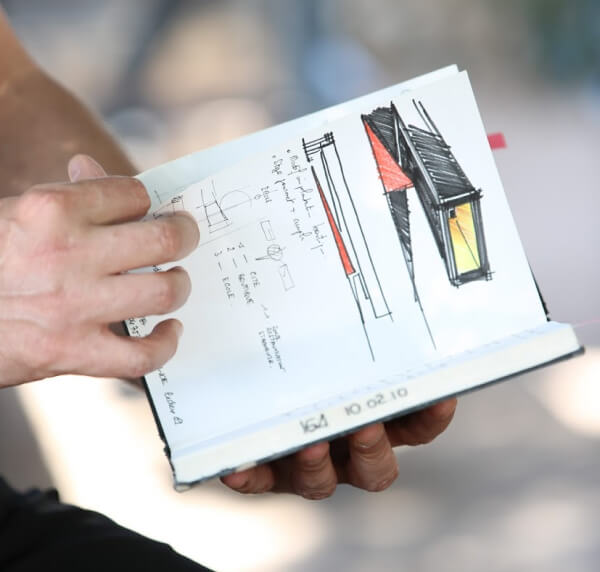
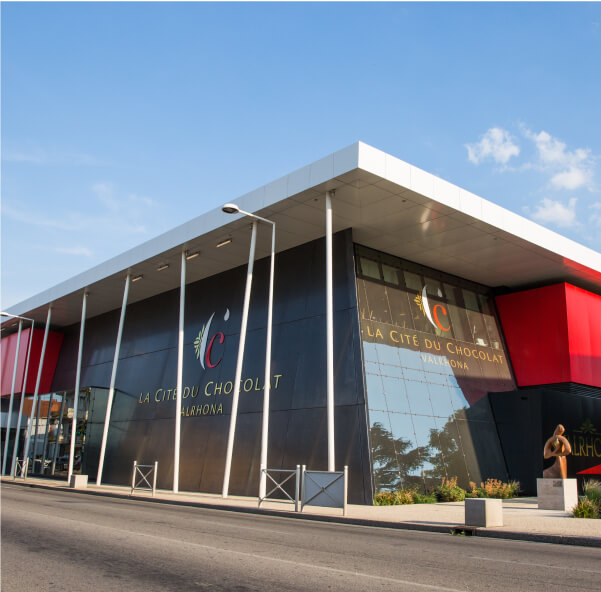
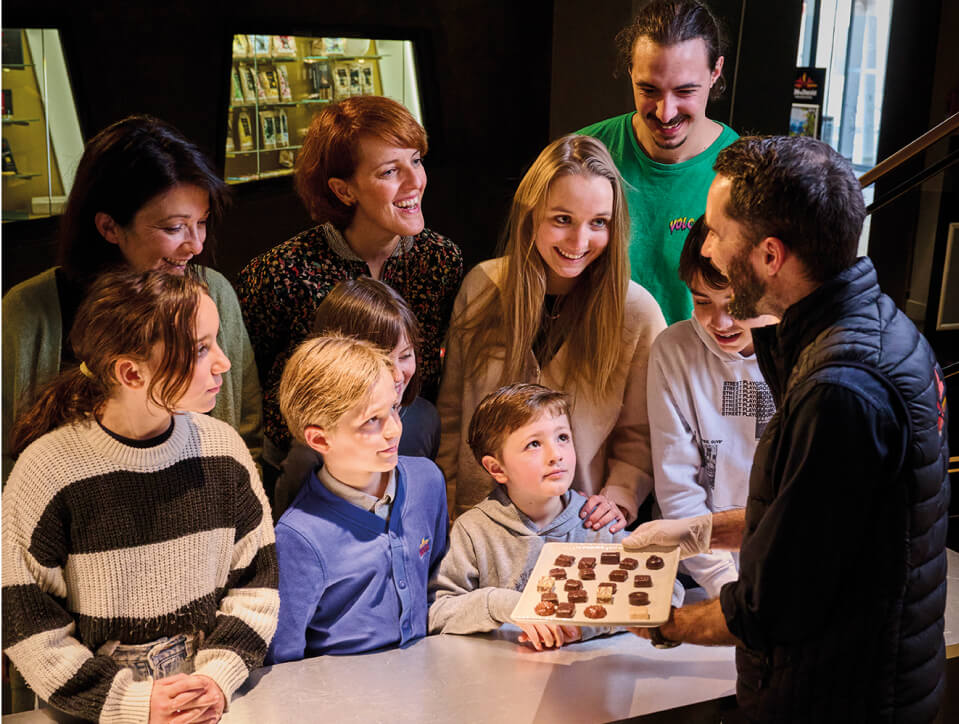
Mananka
Valrhona invented double fermentation, an innovative process that incorporates fruit into the cocoa bean fermentation process as a way of adding new flavor. Mananka 62% came into being thanks to the precious links Valrhona has maintained with the cocoa producers who ferment its beans.
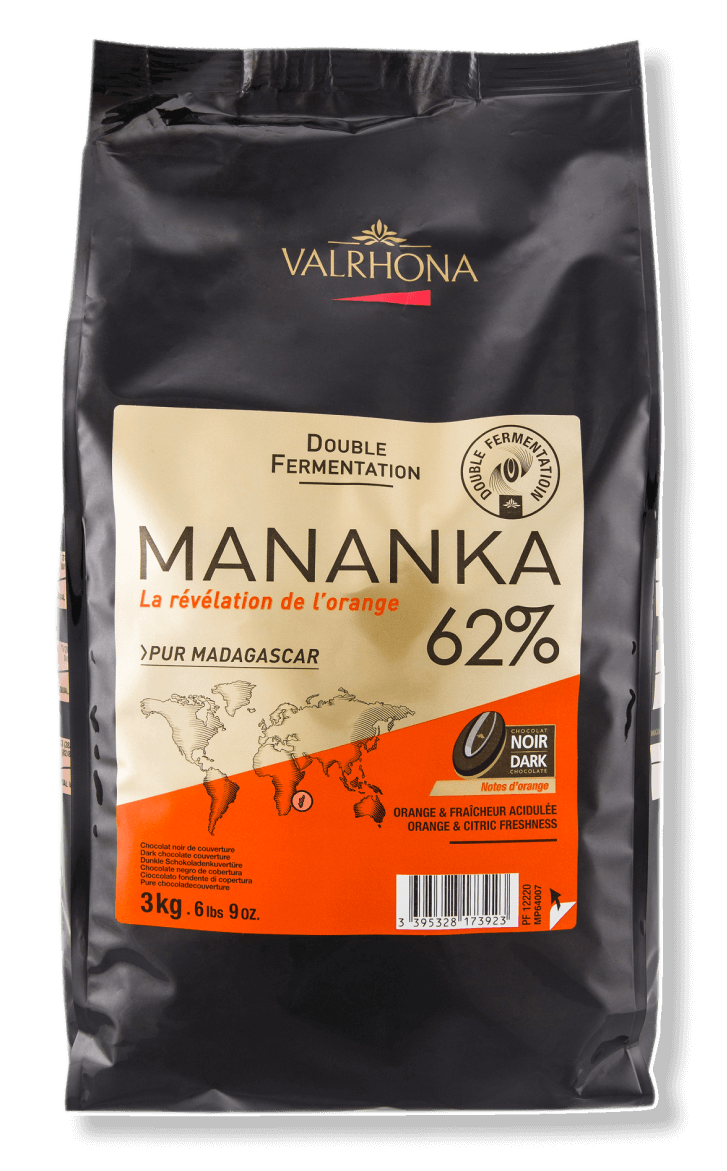
Live Long
The Live Long Valrhona program launched in 2015. It encapsulates the commitments Valrhona has made throughout its value chain to everyone from cocoa producers to chefs working in the kitchen. It symbolizes Valrhona’s mission: “Together, let's use good food to make the world a better place.”

Inspiration
Thanks to its unquestionable technical prowess, Valrhona was able to innovate again, creating Inspiration, the first-ever fruit couverture. It has enabled chefs to work with fruit just as they would a chocolate. This complex blend of cocoa butter, sugar and passion fruit unleashes an intense, 100% natural flavor and color. The Inspiration range won the Grand Prix de l’Innovation at SIRHA 2017.
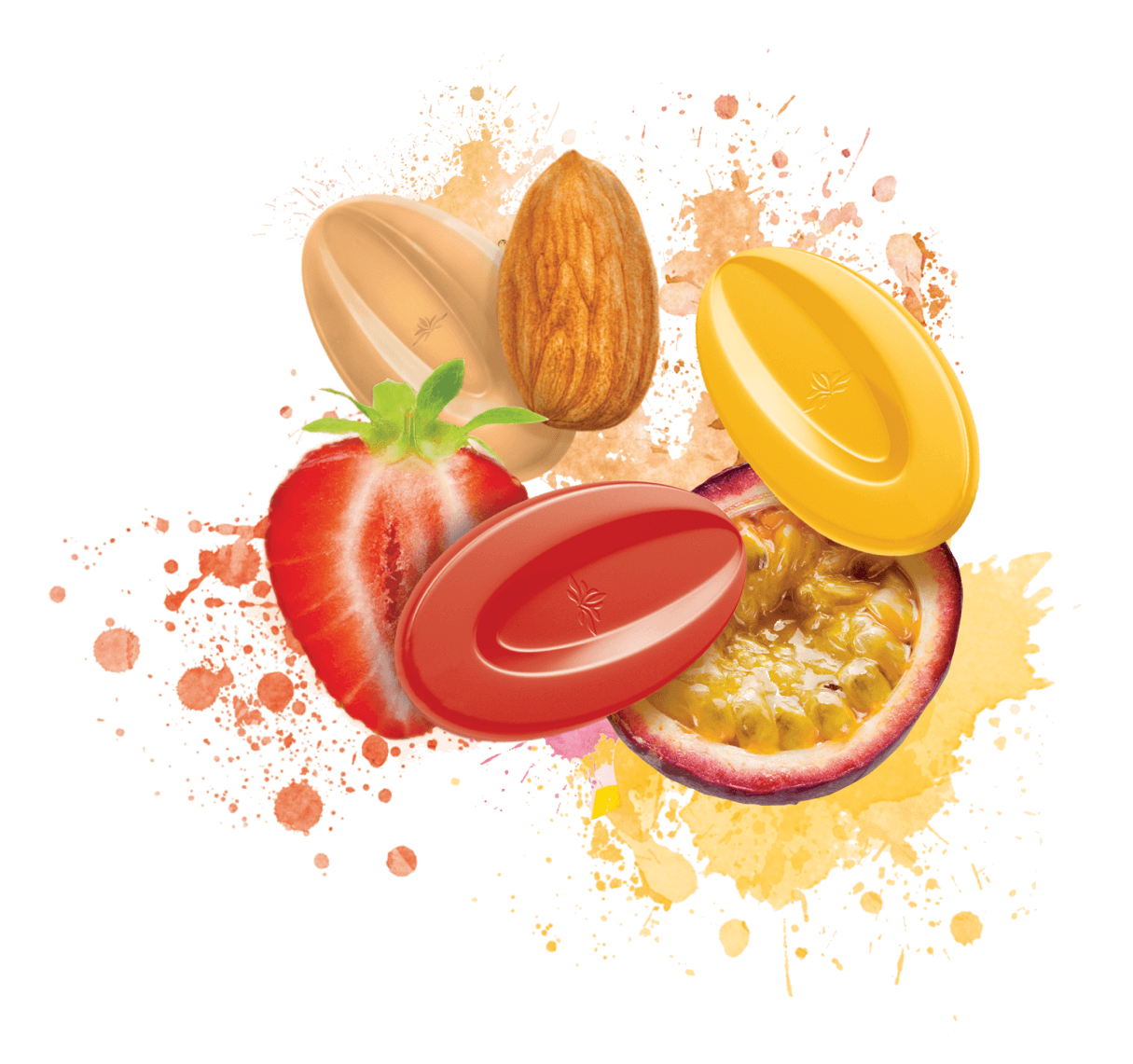
Plantation Millot
Having been the exclusive partner of the Millot plantation in Madagascar for more than 20 years, Valrhona became a shareholder in the Millot Estate. A considerable investment that enables the two of us to share joint ambitions and formulate a long-term development plan.
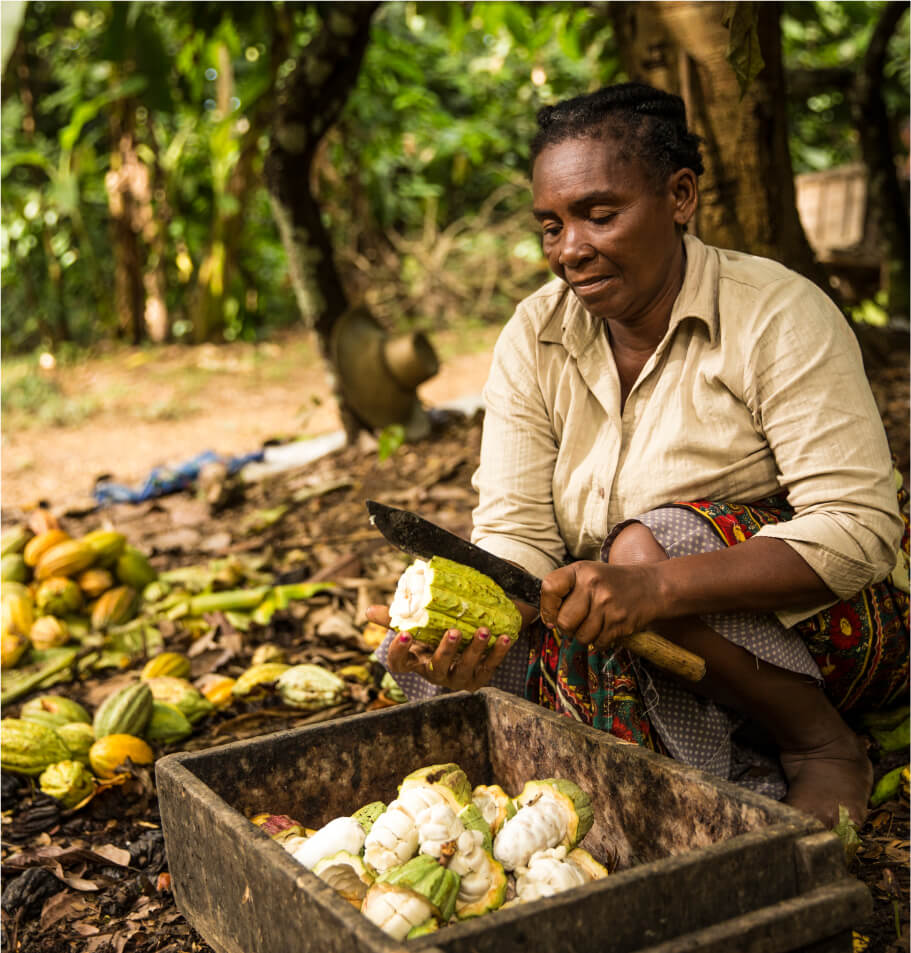
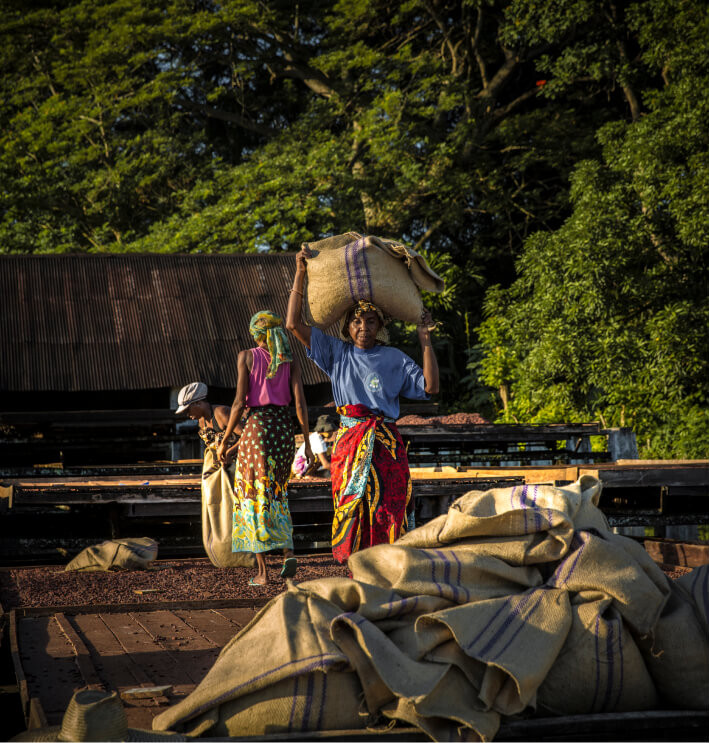
Initiated by the Valrhona Foundation, the Graines de Pâtissier program gives people aged 16 to 25 a second chance at getting into the workforce by opening up opportunities in a sector recruiting new talent, namely pastry-making, chocolate-making and baking. 95 young people have already reaped the benefits of the scheme, with 46% going on to join a pastry-making course.
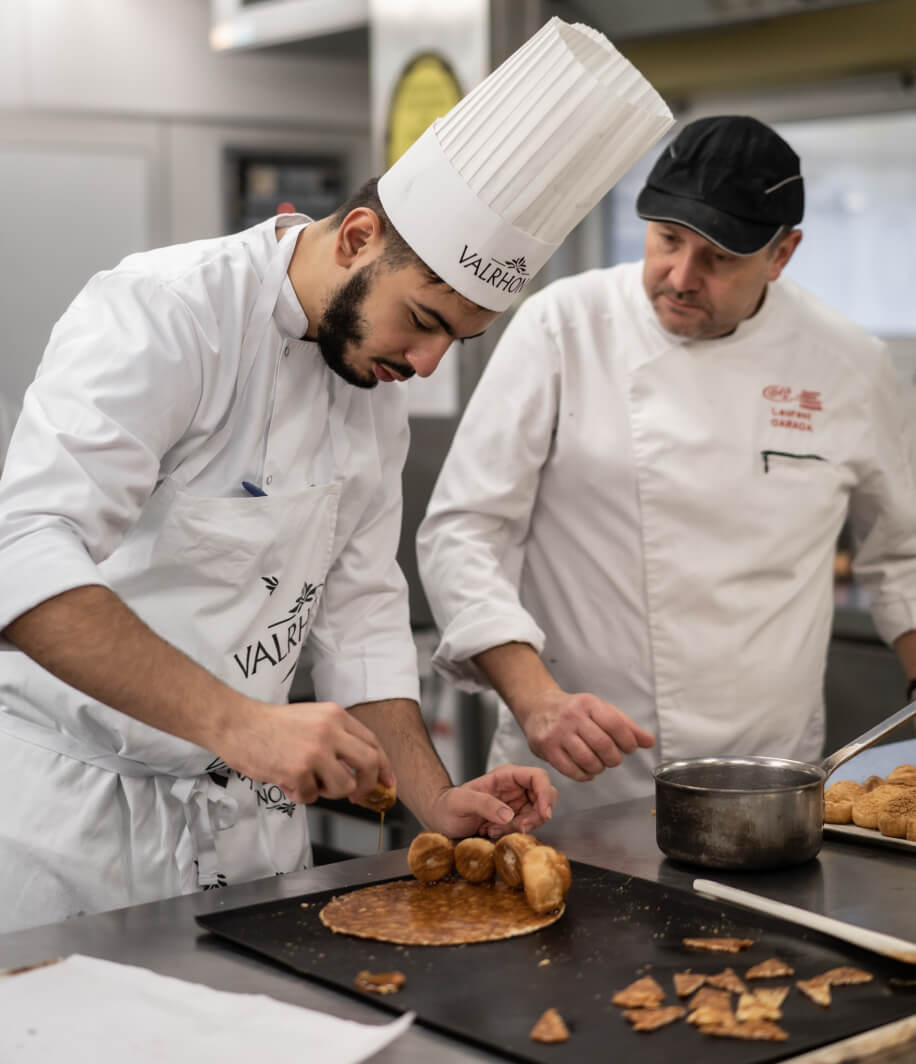

La Consigne
Valrhona Launched an avant-garde eco-responsible initiative named “La Consigne” rethinking our current packaging and instead opting to try a bulk delivery system focusing on reusable containers.
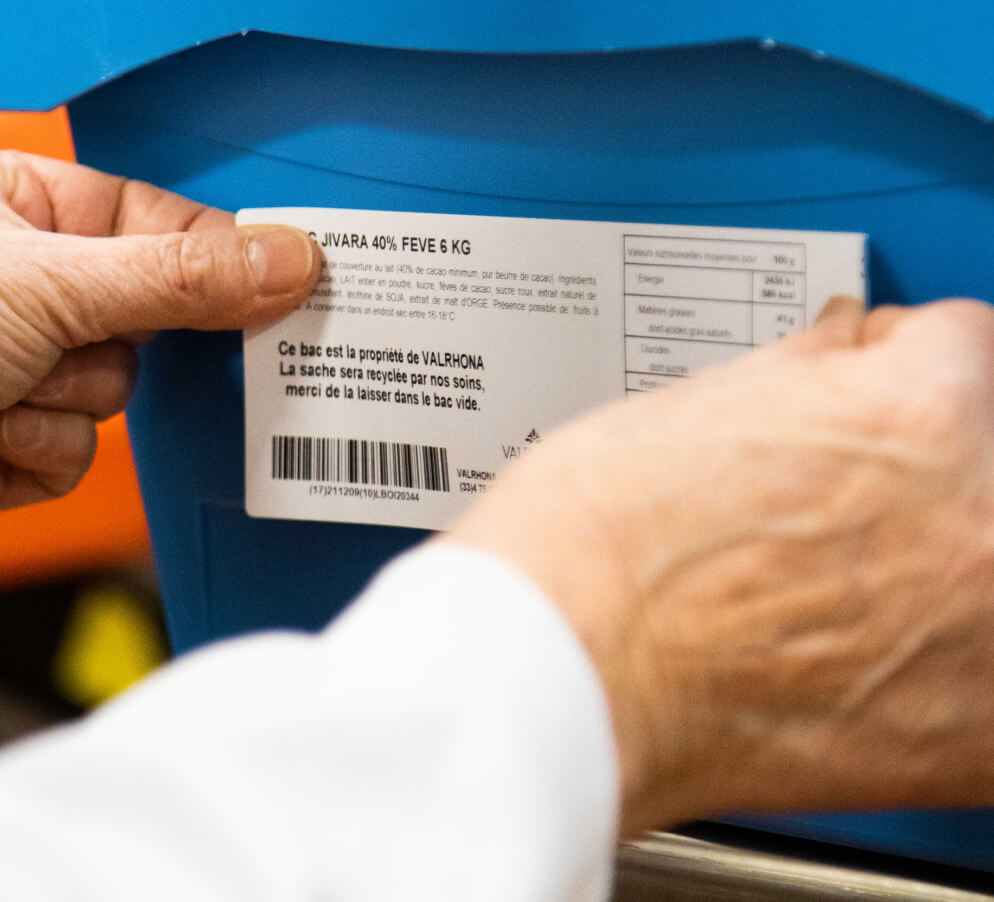
Valrhona obtained B Corporation certification. This status recognizes the company's commitments and the Live Long program but, most importantly, it offers a guide for challenging the status quo and creating a positive impact on the world. By joining the B Corp® movement, Valrhona reaffirmed its determination to create a model which would impact positively on people and the planet. Why? Because businesses can be more than just the best in the world - they can also be the best for the world.

Oabika
Valrhona created Oabika, or the “gold of the cocoa pod”. This first-ever 72°Brix cocoa juice concentrate is specially for gastronomy professionals. This new ingredient is made from mucilage (the white pulp around the cocoa pod's beans) and in 2021 it won the Products, Drinks and Ingredients category at the SIRHA Innovation Awards 2021.
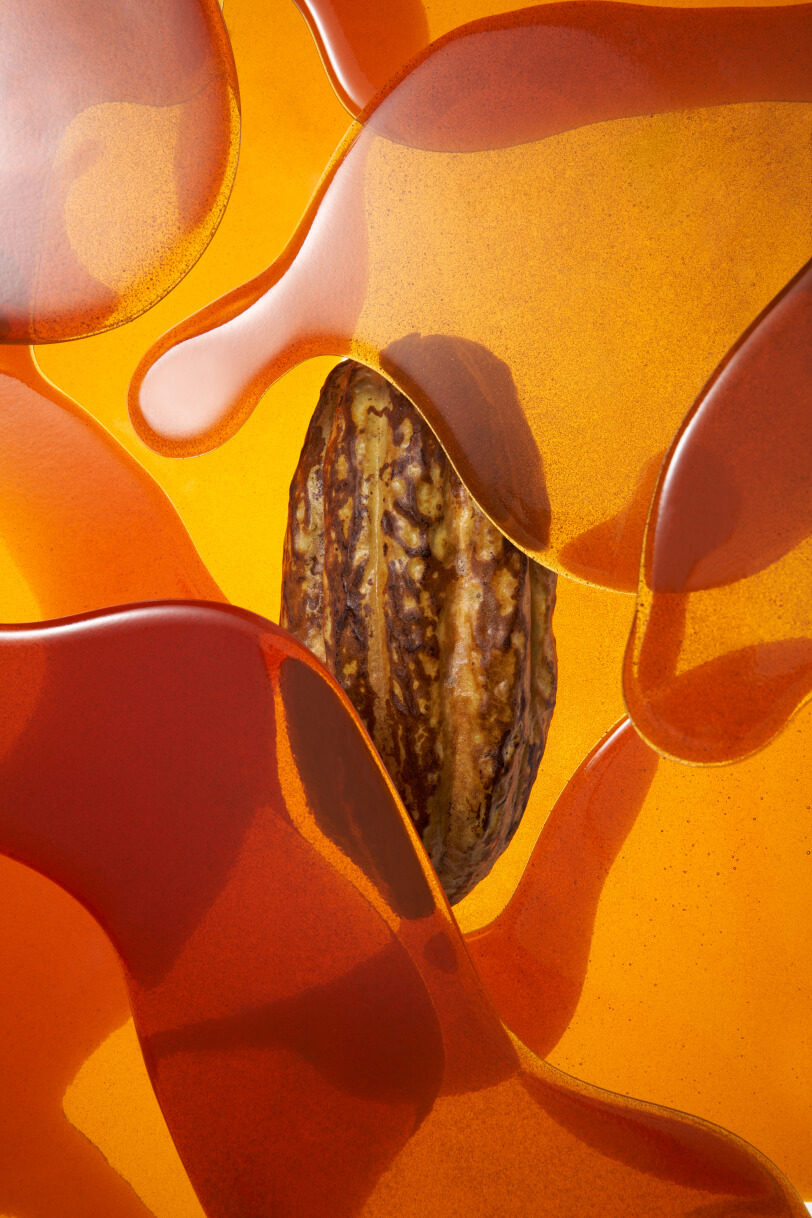
Ethical gastronomy guide
In collaboration with Food Made Good - the world’s most widely recognized sustainability program, run by the Association de la Restauration Durable - and 30 chefs from all around the world, Valrhona launched its ethical gastronomy guide and self-assessment tool. Both are available free of charge online and they aim to support all professionals in the sweet cuisine industry in their transition towards a more responsible approach.
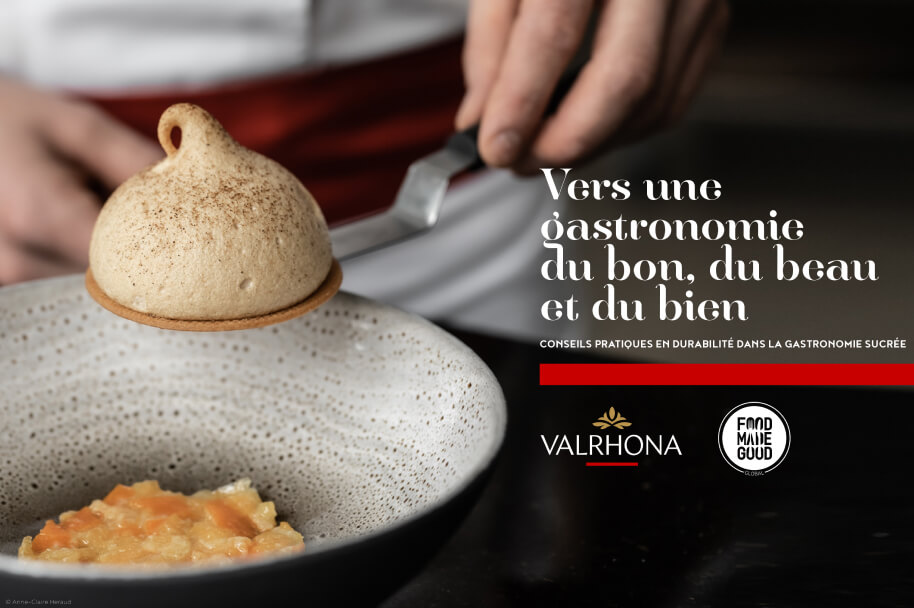
Komuntu
So that we can celebrate our 100th anniversary together, we have co-created Komuntu with you. Whether you’re a supplier, cocoa partner, collaborator or customer, we have involved you in each stage of the creative process. Because we all have a role to play in the world of ethical chocolate, we each embody Komuntu, whose name is a combination of “Komunumo” (meaning “community” in Esperanto) and “Ubuntu” (an African concept which means “I am what I am because of who we all are”). Komuntu is a chocolate created for you, by you.
